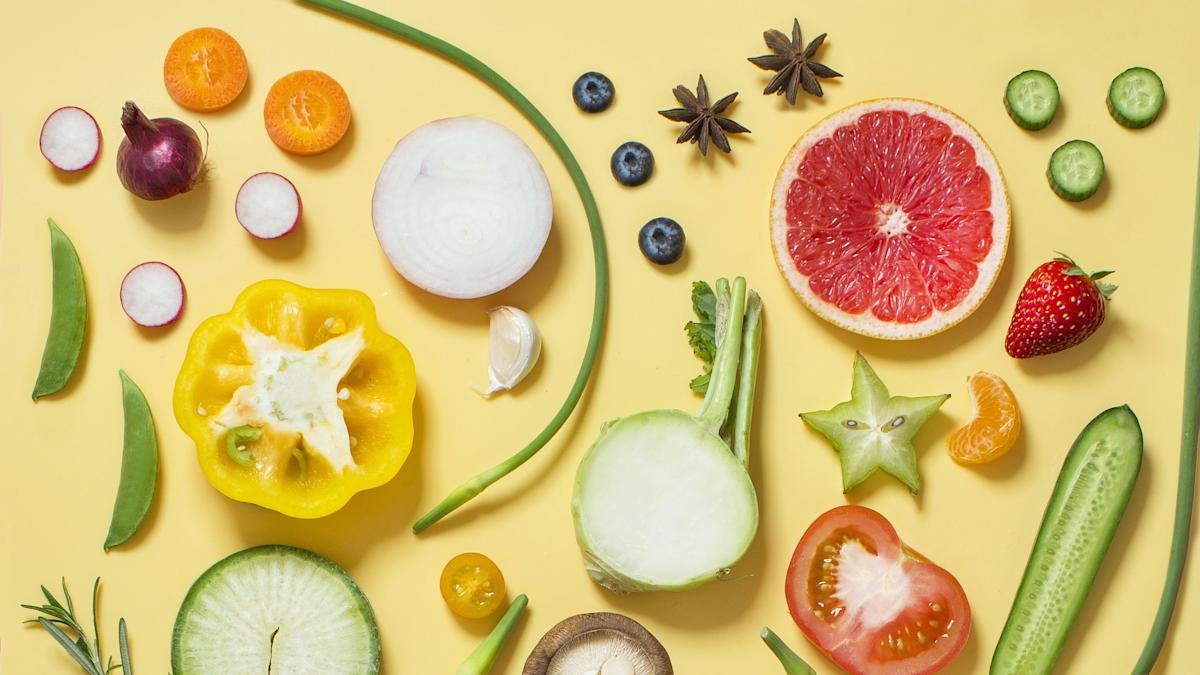Food & Safety
These Popular Fruits Might Be Loaded with Pesticides According to New Report
The EWG’s 2025 guide reveals which fruits and vegetables are most contaminated with pesticide residue — and how to shop smarter

Fruits and vegetables are widely praised as nutritional powerhouses — packed with essential vitamins, minerals, and antioxidants. But according to the Environmental Working Group’s (EWG) newly released 2025 Shopper’s Guide to Pesticides in Produce, some of these healthy staples may be hiding a toxic secret: pesticide residue.
The guide, which has been published annually since 2004, analyzes USDA data to rank the most and least contaminated fruits and vegetables. This year’s list, based on over 53,000 tests across 47 produce types, is sending a strong message to shoppers — know what you’re buying, or risk unknowingly consuming harmful chemicals with every bite.
“Reducing exposure to pesticides is critical,” explains Dr. Alexis Temkin, EWG’s Vice President for Science. “Our goal with this guide is to help consumers build a diet rich in fruits and vegetables, while minimizing the harmful residue that often comes with conventionally grown produce.”
So what did the researchers find? Even after washing and peeling where appropriate, residues from 256 different pesticides remained on many fruits and vegetables. These included fungicides like pyrimethanil, synthetic pyrethroids such as permethrin, and neonicotinoids like imidacloprid — all chemicals linked in studies to hormone disruption, reproductive issues, and even heightened risks of breast cancer, diabetes, and heart disease.
The EWG categorizes produce into two groups: the Clean Fifteen, which had the lowest pesticide contamination, and the Dirty Dozen, which had the highest. While 60% of the Clean Fifteen showed no detectable pesticide residue at all, the Dirty Dozen were riddled with them — with some samples containing over 50 different pesticides each.
So who made the clean list? Pineapple, sweet corn, avocado, papaya, onion, and sweet peas top the Clean Fifteen. Bananas were a notable newcomer this year, testing with exceptionally low toxicity levels and joining the ranks of the least-contaminated produce. Only 16% of Clean Fifteen samples had more than two pesticides, offering a safe bet for shoppers looking to avoid chemical exposure.
On the other hand, the Dirty Dozen paints a more troubling picture. Strawberries, spinach, kale, grapes, and apples all returned high levels of pesticide contamination. In fact, 96% of the Dirty Dozen samples had pesticide residue, with some items — such as spinach and peppers — showing an average of four or more pesticides per sample. Potatoes, while slightly lower, still averaged two.
Does this mean you need to give up your favorite produce? Not at all. Experts emphasize balance, not fear.
“Whether it’s conventional or organic, we want people eating fruits and vegetables,” says Dr. Temkin. “But for those listed in the Dirty Dozen, opting for organic when possible can reduce your exposure to synthetic pesticides.”
Additionally, she recommends always washing produce under running water for at least 15 seconds — even organic items. While washing won’t remove every trace of pesticide, it can significantly lower residue and help eliminate dirt, bacteria, and debris.
As shoppers become more mindful of what goes on their plates, tools like the EWG Shopper’s Guide offer a powerful resource to make safer, healthier choices — especially when navigating the modern grocery aisle.

-

 US News7 days ago
US News7 days ago“She Never Made It Out…” Albany House Fire Claims Woman’s Life as Family Pleads for Help to Bring Her Home
-

 Entertainment1 week ago
Entertainment1 week ago“Detective, Psychologist, Anthropologist?” — Inside the Secret World of Casting Directors Behind ‘F1,’ ‘The Smashing Machine’ and ‘Marty Supreme’
-

 Entertainment6 days ago
Entertainment6 days agoXG Star Cocona Shares a Brave Truth at 20 — “I Was Born Female, But That Label Never Represented Who I Truly Am…”
-

 Entertainment6 days ago
Entertainment6 days agoSamba Schutte Reveals the Surprise Cameo in Pluribus That “Nobody Saw Coming”… and Why John Cena Was Perfect for the Role
-

 Entertainment1 week ago
Entertainment1 week agoLegendary Guitarist Steve Cropper Dies at 84… Tributes Pour In for the Soul Icon Behind ‘Green Onions’ and ‘Soul Man’
-

 Entertainment7 days ago
Entertainment7 days agoNika & Madison stuns global audiences as director Eva Thomas reveals why “resilience, not fear, drives Indigenous women on the run”
-

 Politics5 days ago
Politics5 days ago“Billions and Billions Have Watched Them…” Trump Makes History Hosting Kennedy Center Honors and Praising Stallone, Kiss, and More
-

 Sports1 week ago
Sports1 week agoCowboys refuse to fold after tough loss to Lions, say setback will fuel stronger playoff push















